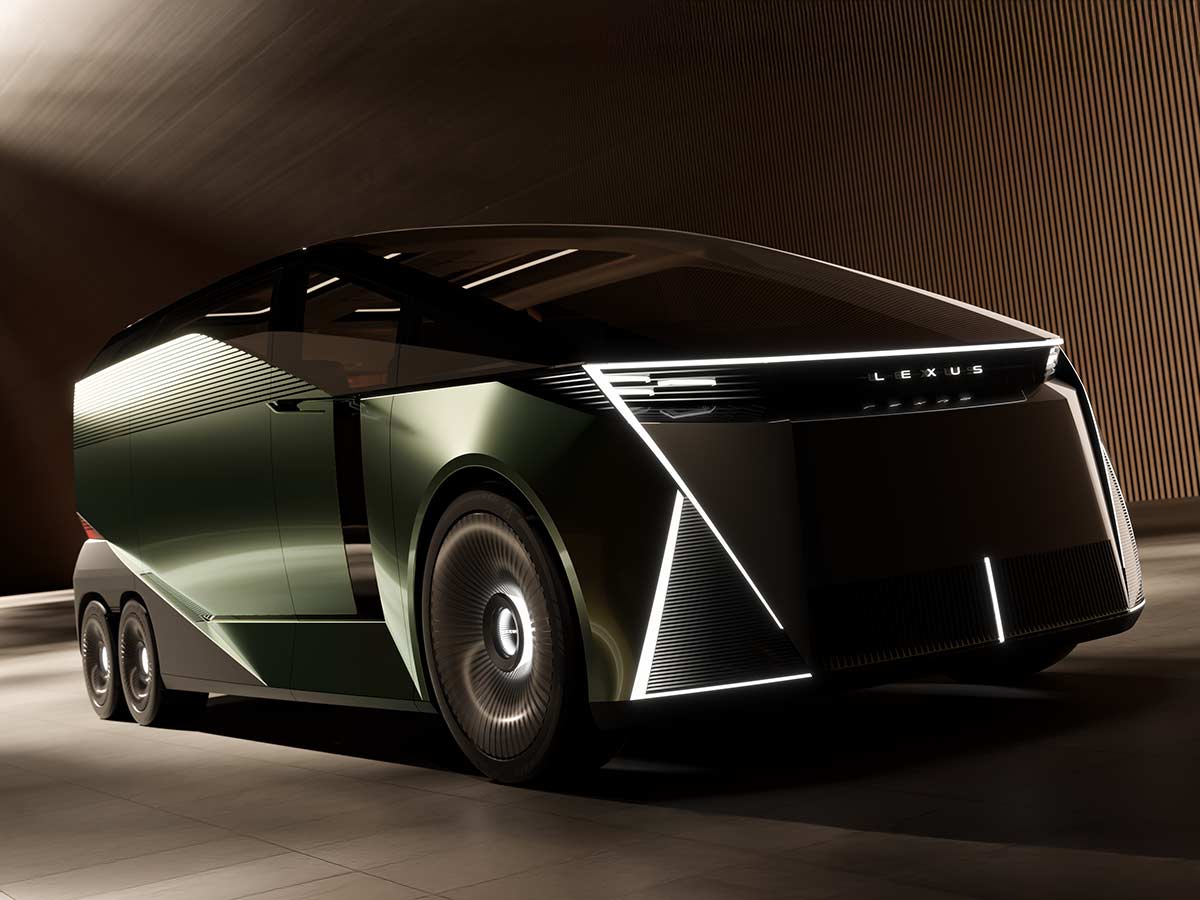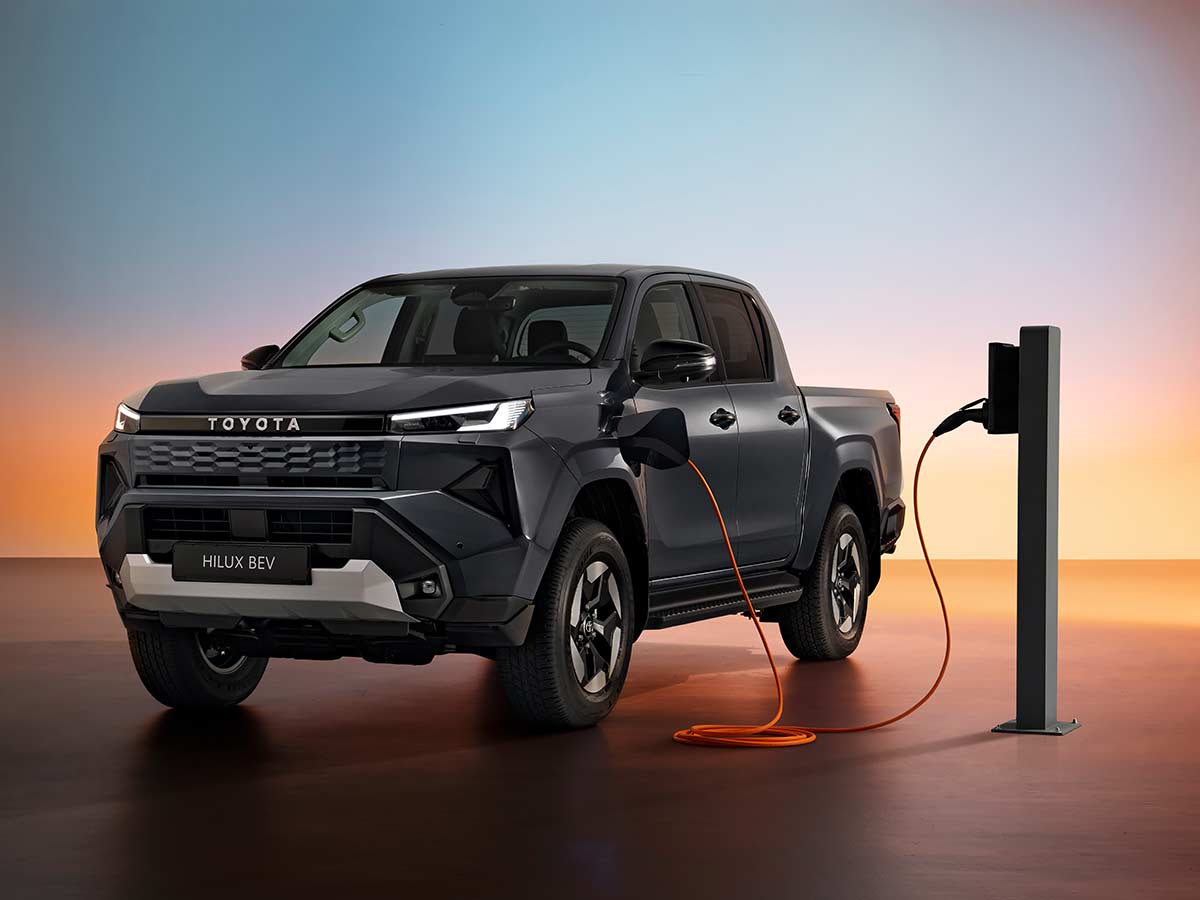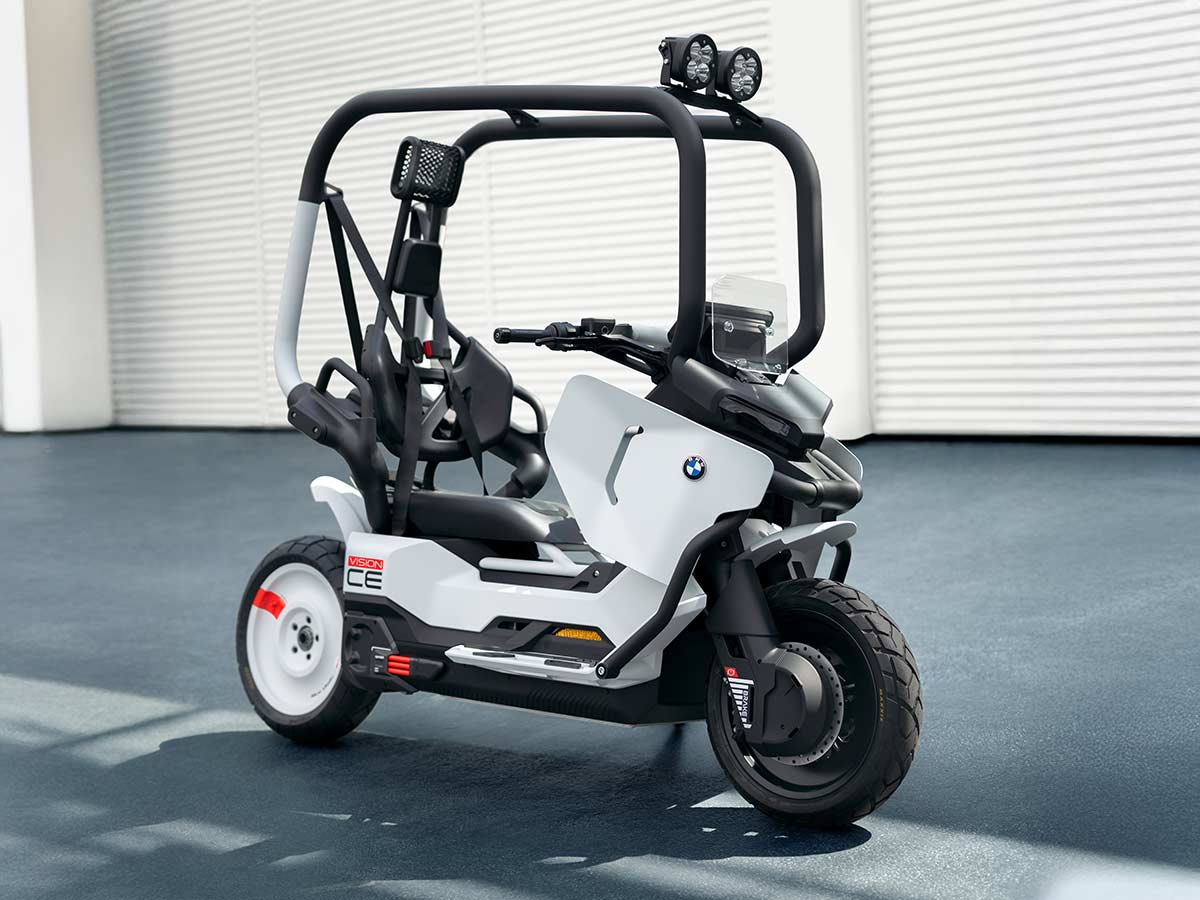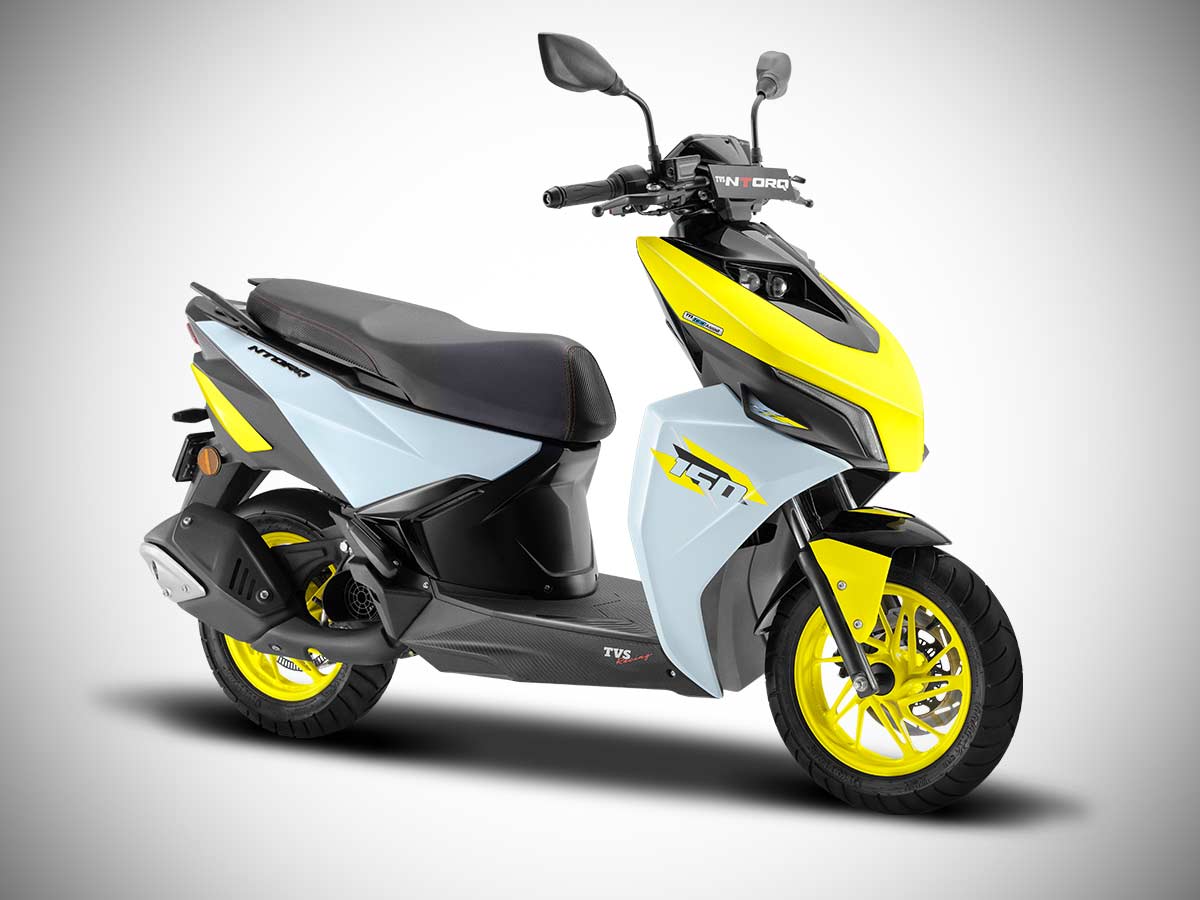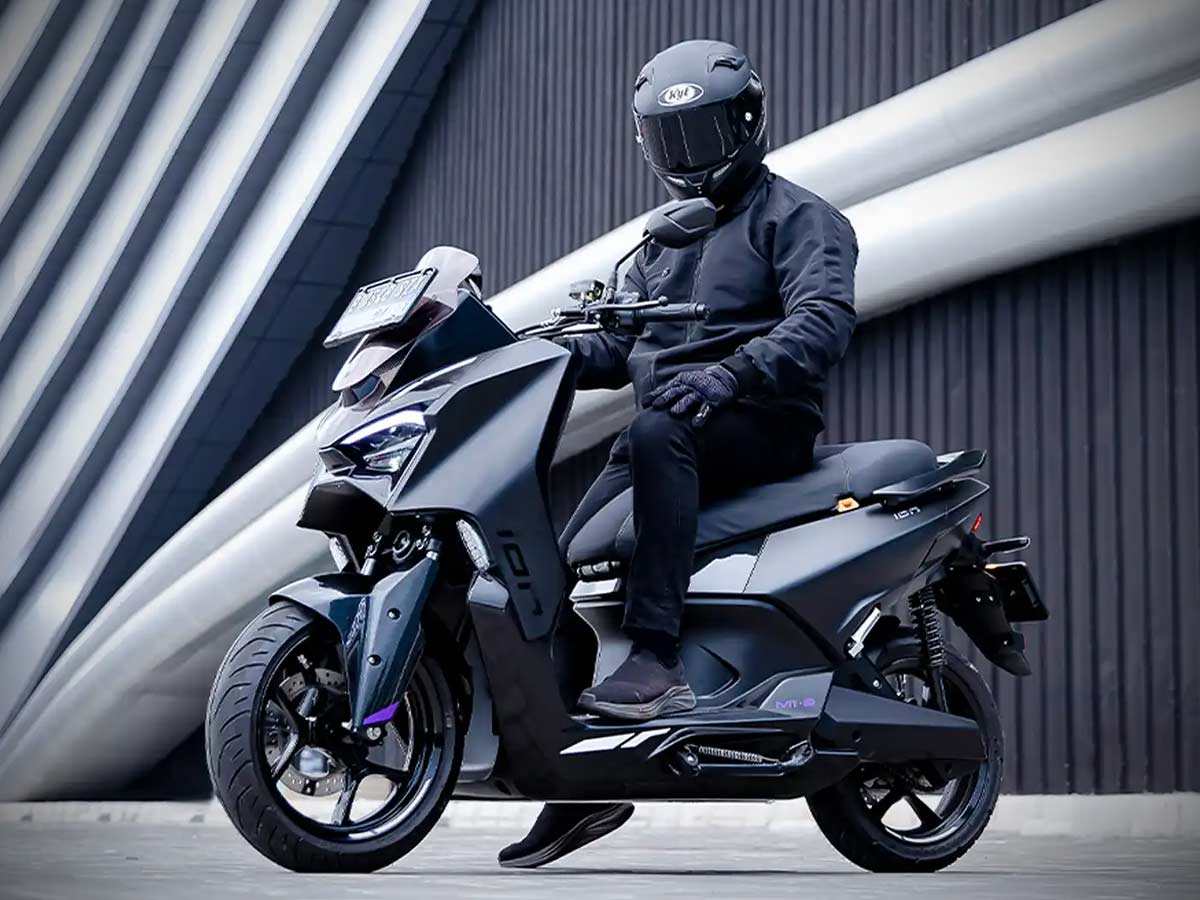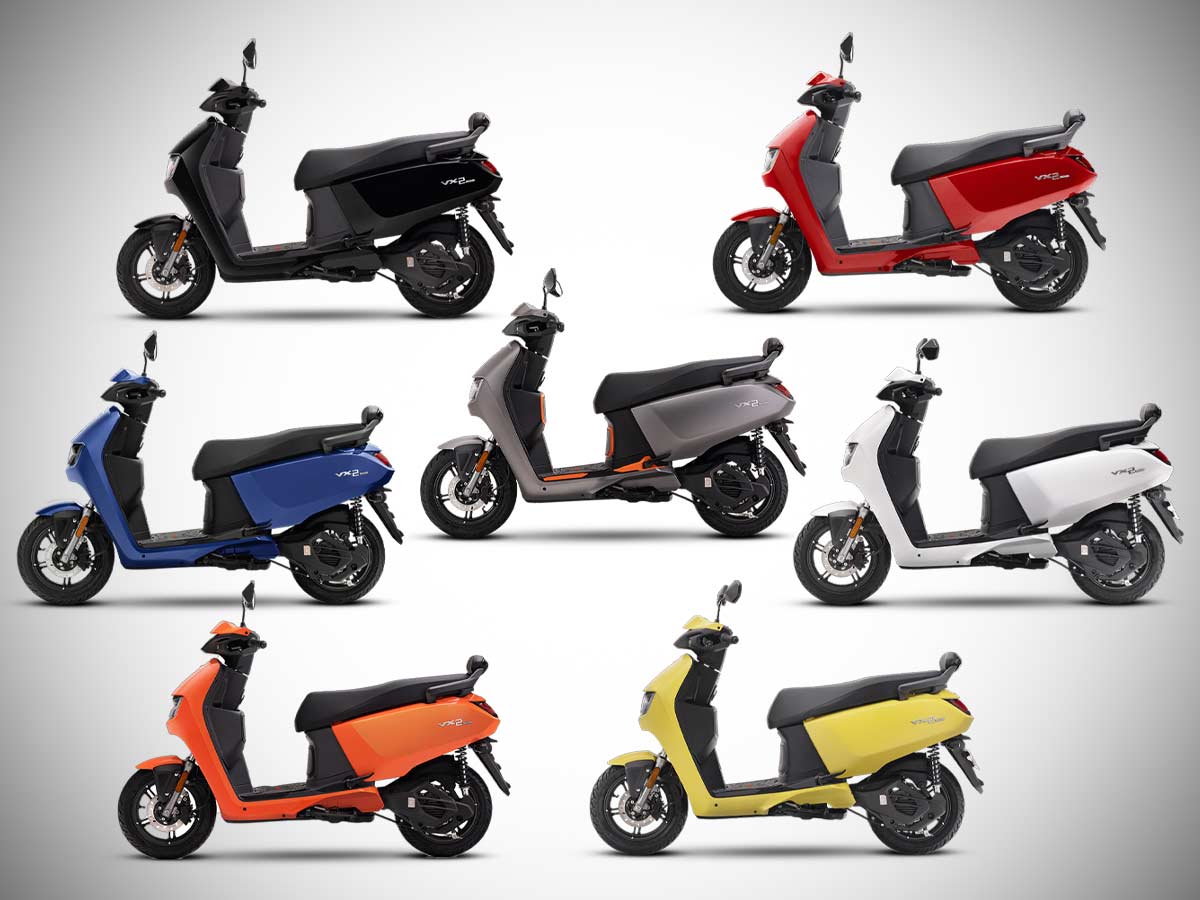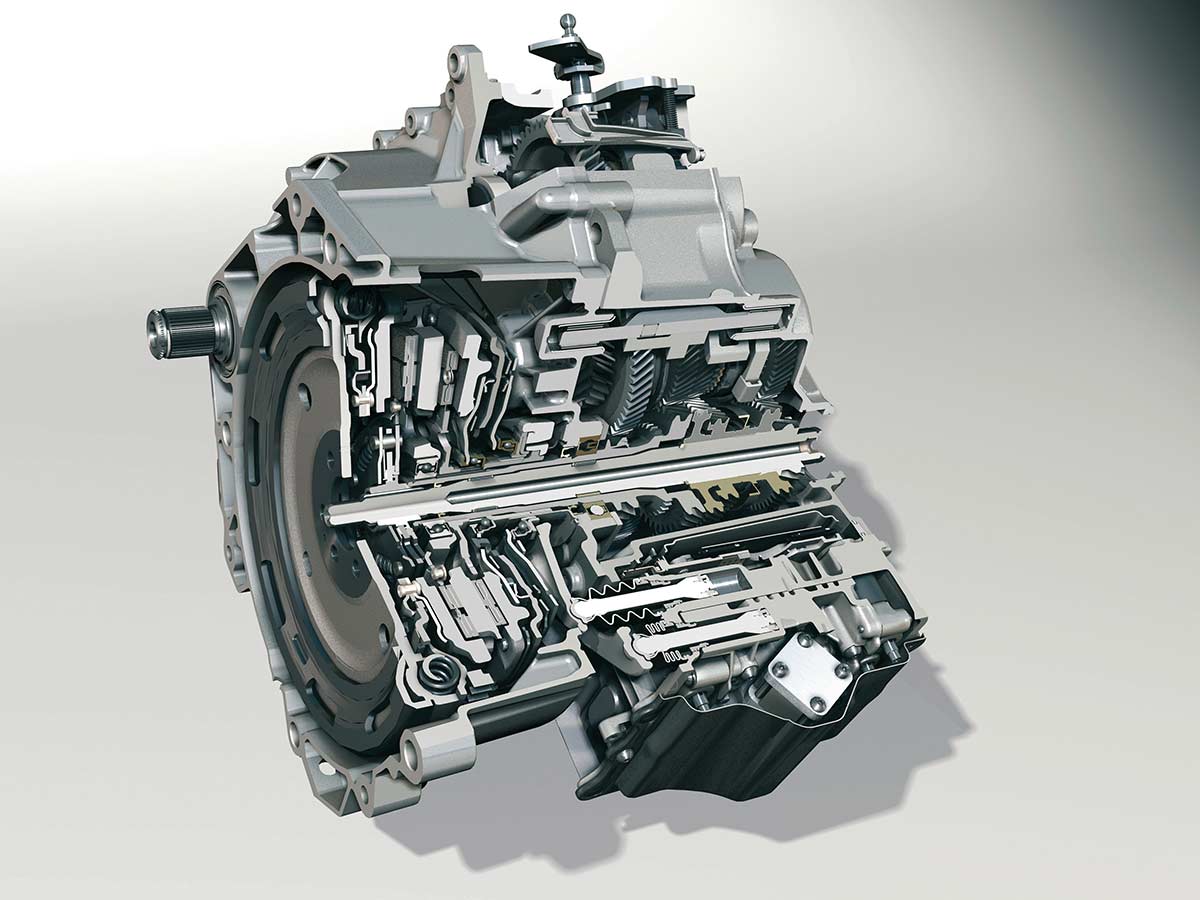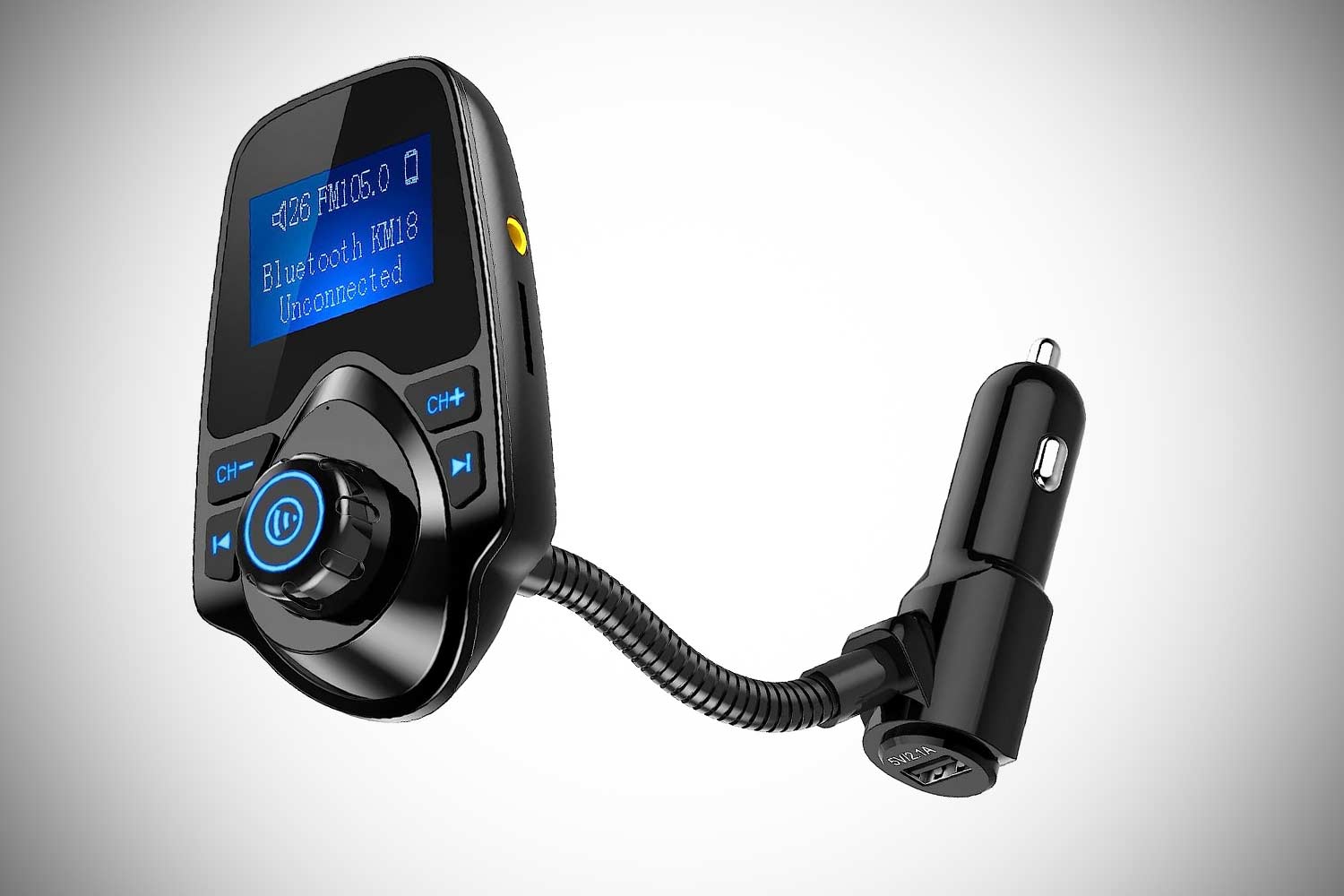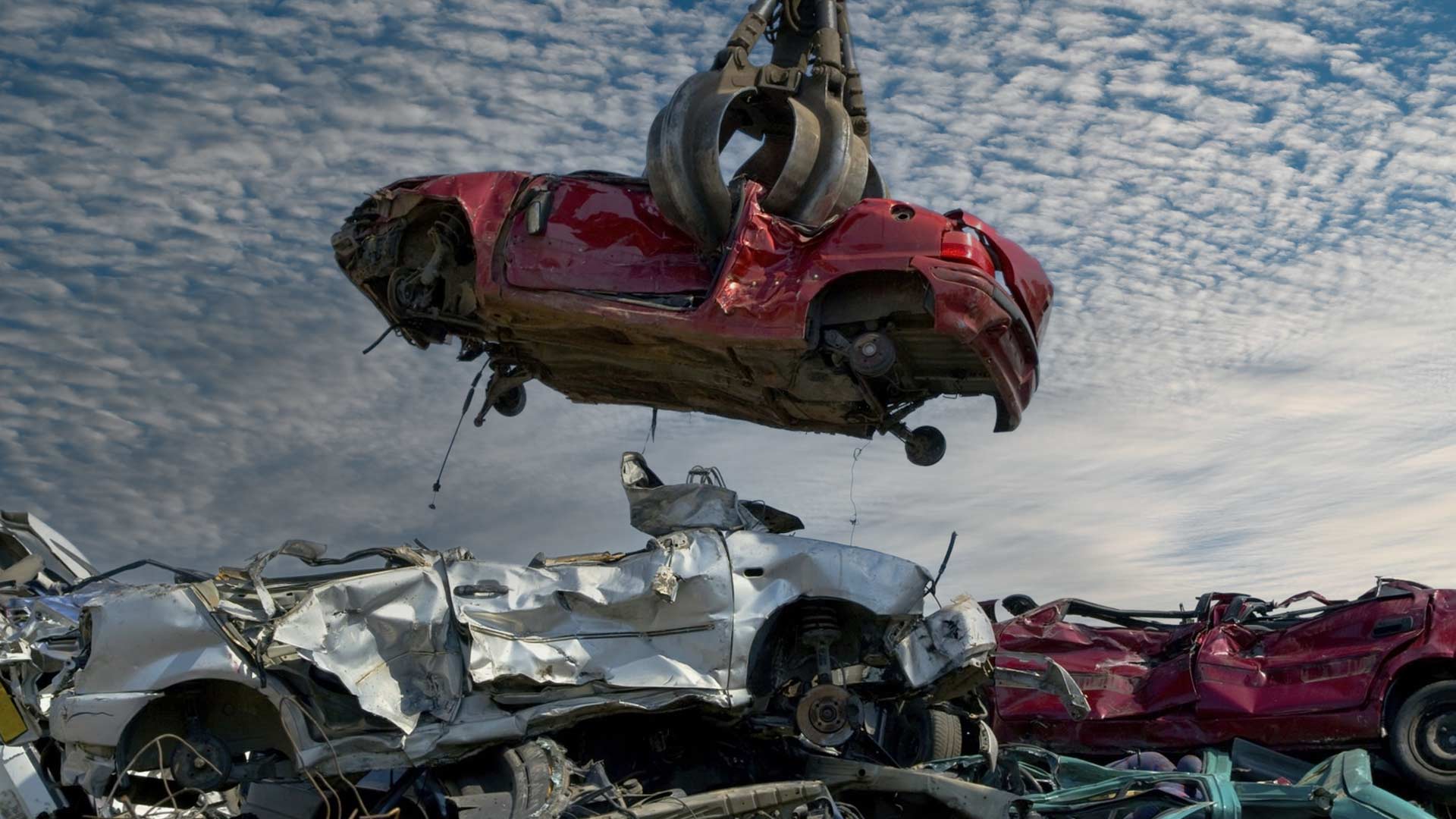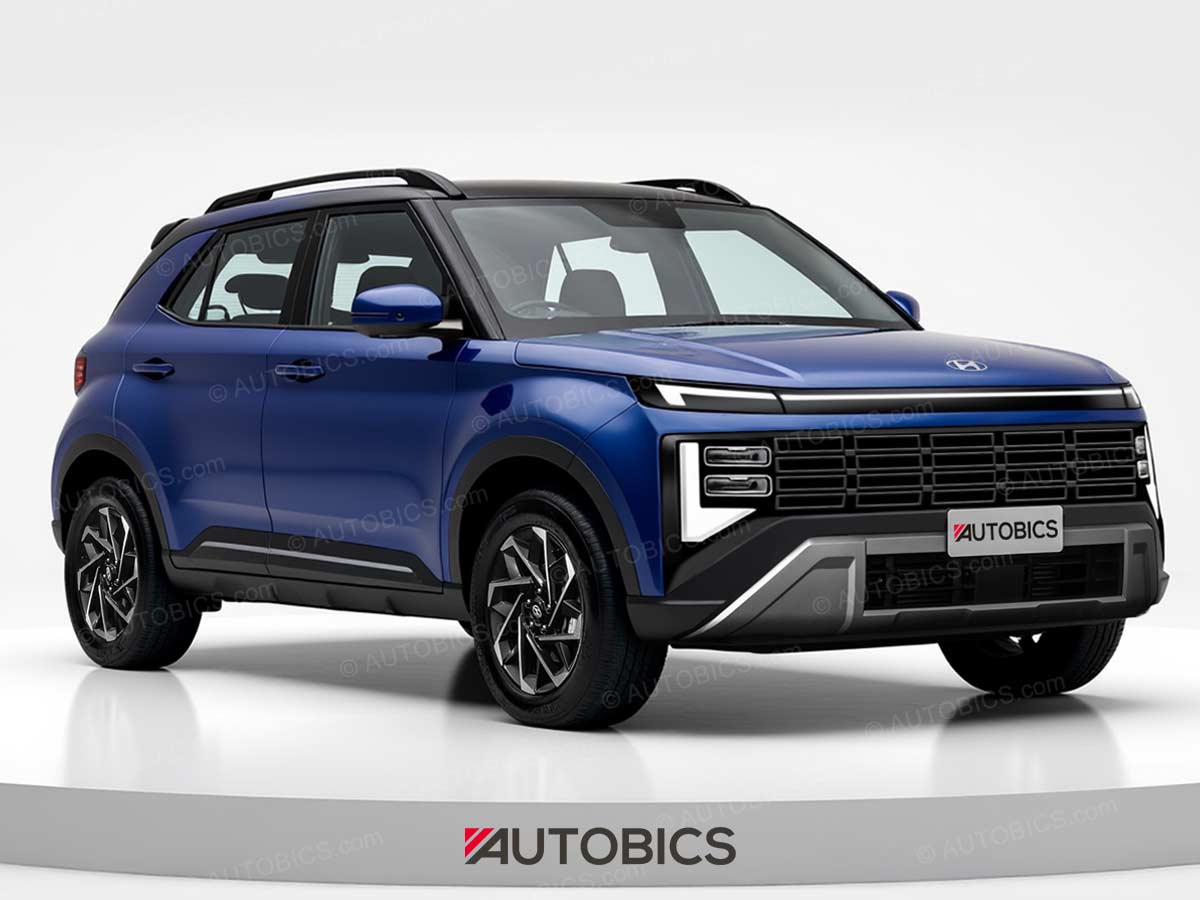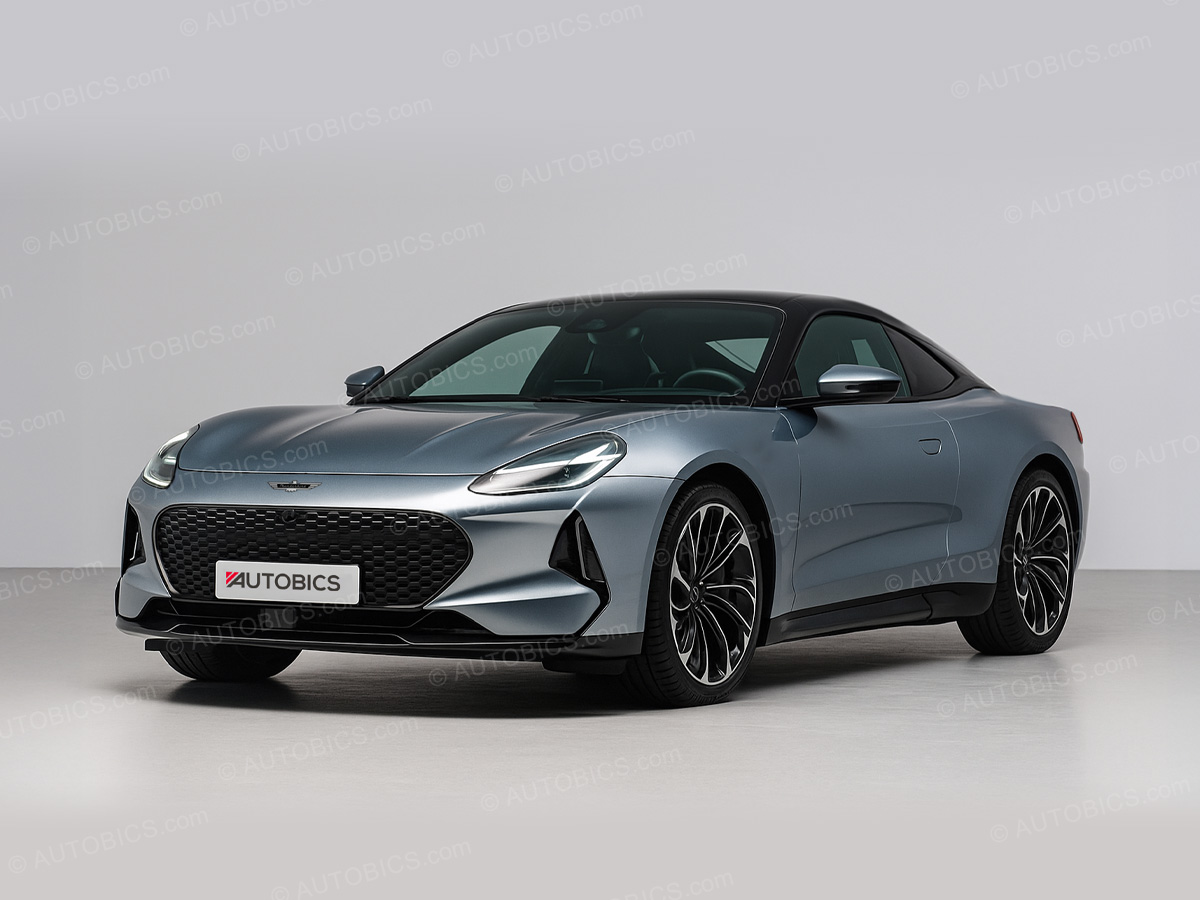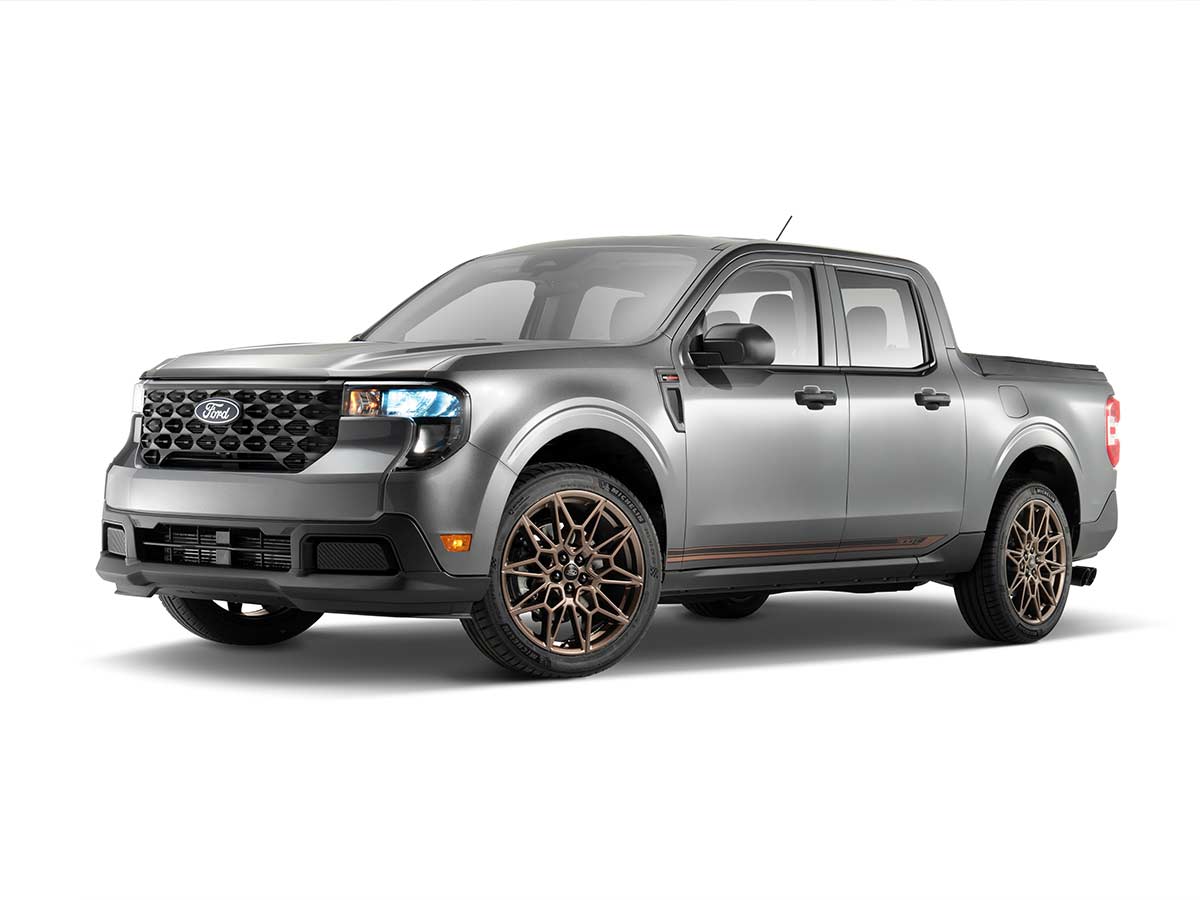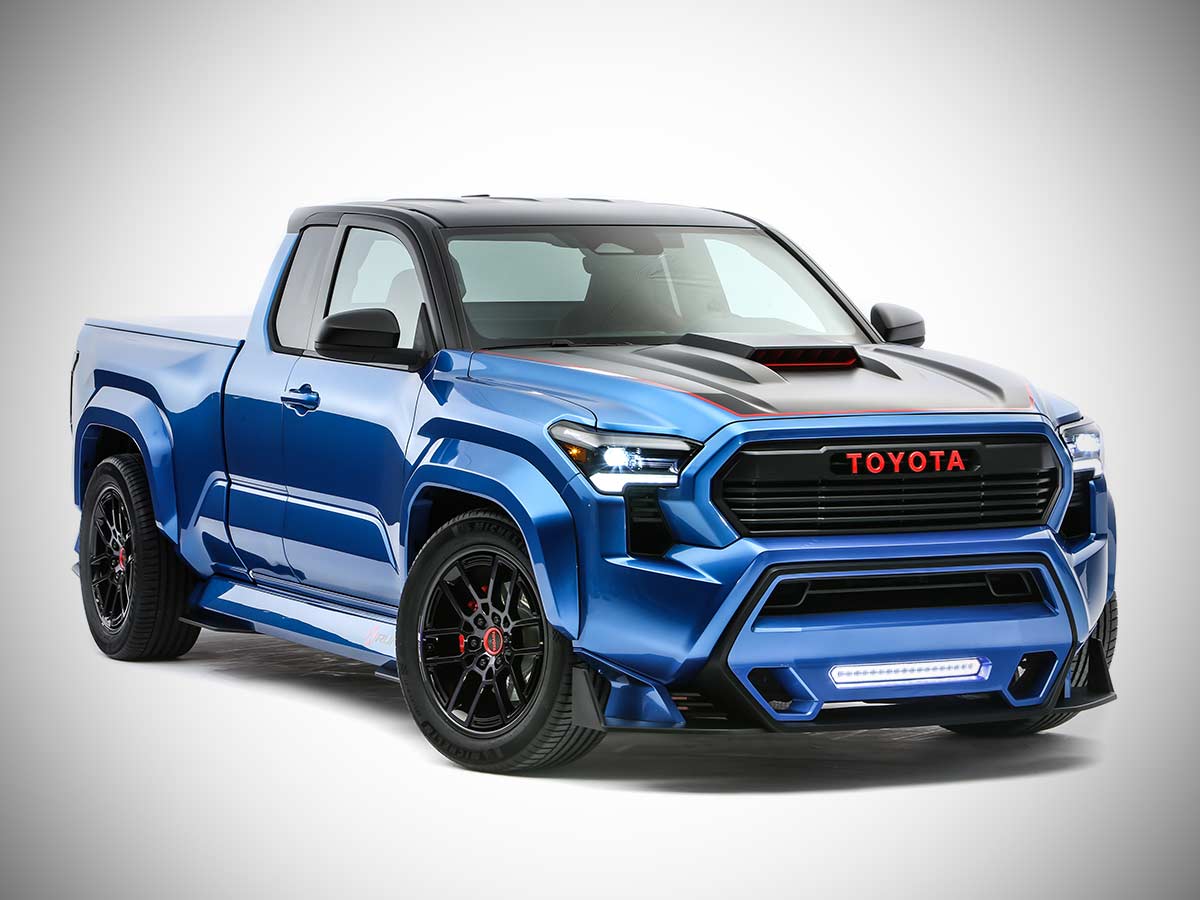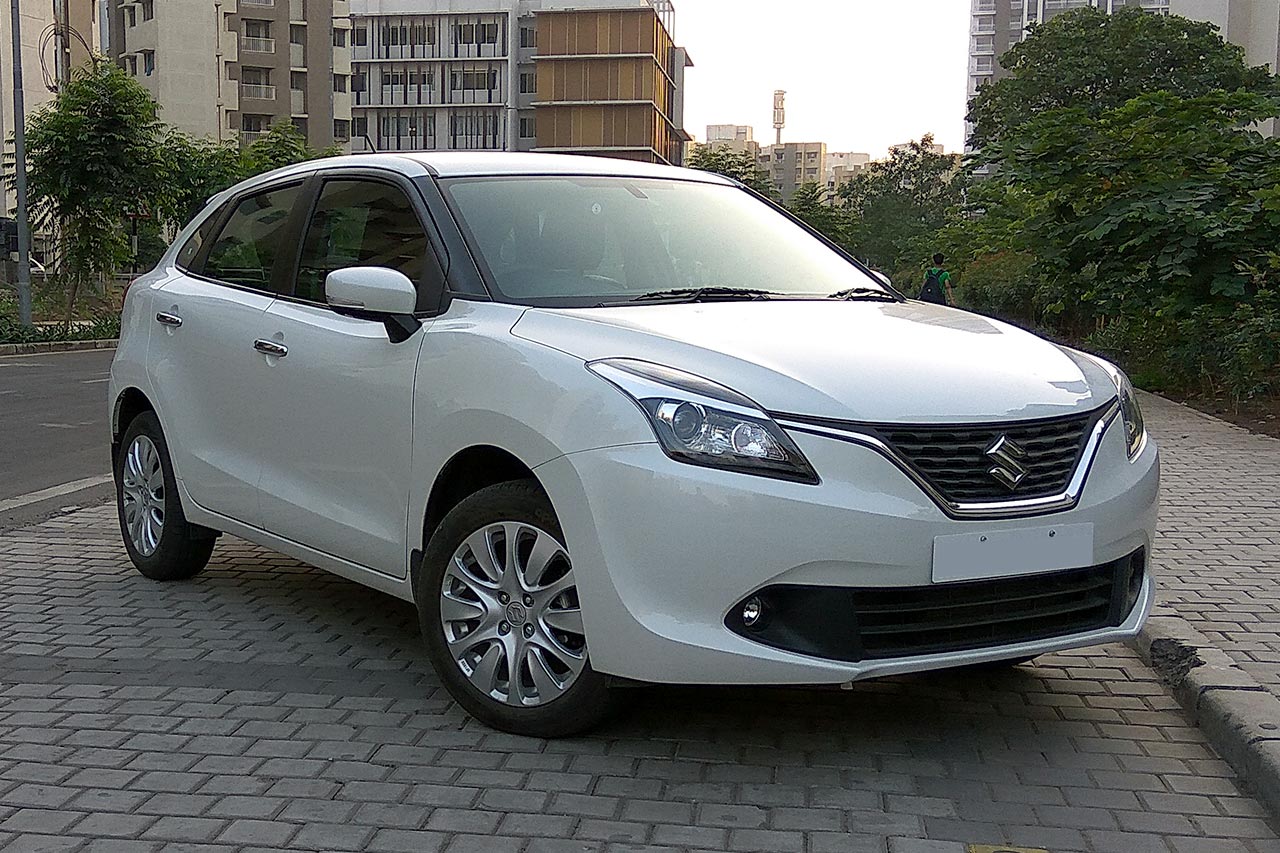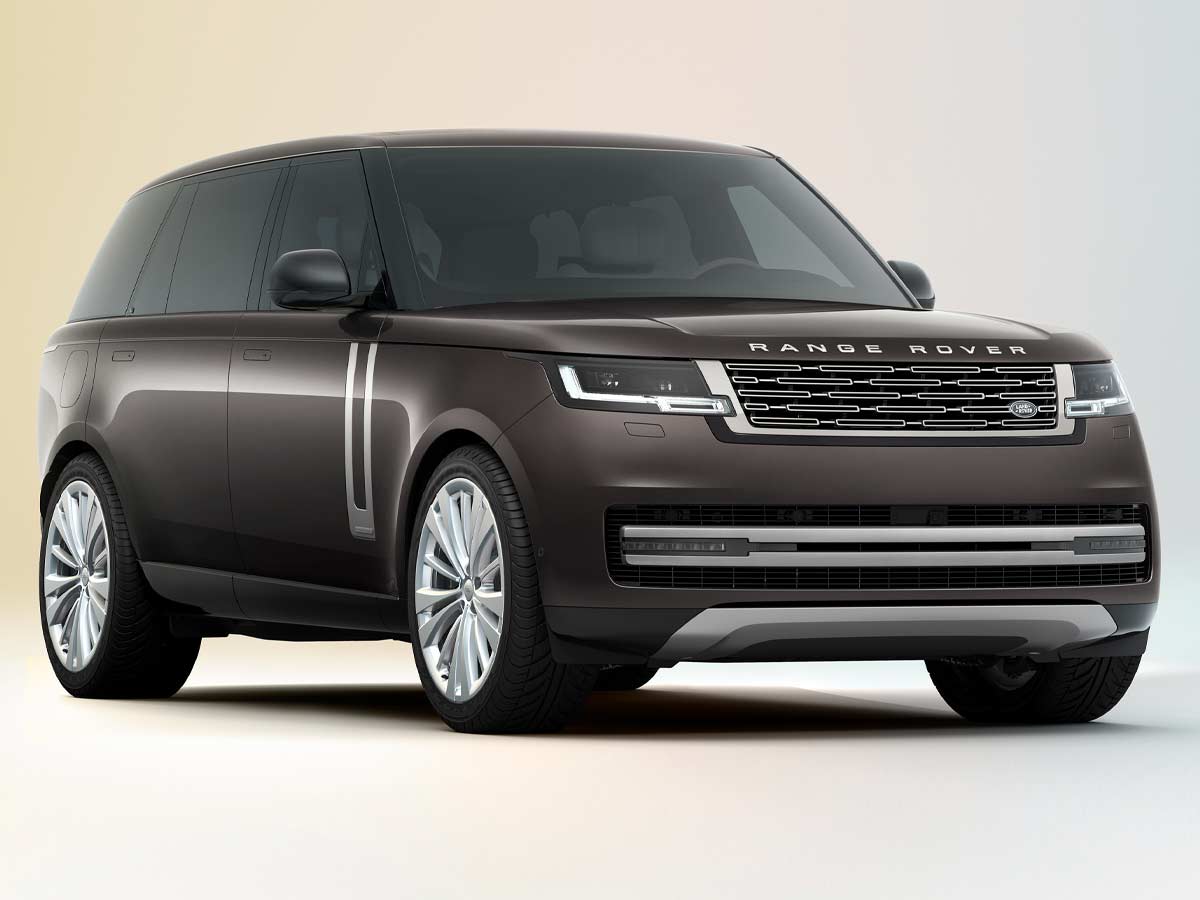In today’s fast-evolving automotive landscape, seemingly small components often play a pivotal role in ensuring safety and comfort. When you slide into your vehicle, buckle up, and adjust your mirrors, there’s one feature you might overlook: the car seat headrest. Often dismissed as a mere comfort accessory, the car seat headrest is a critical safety component with a rich history of decades of research, development, sophisticated engineering, and a vital role in protecting you and your passengers. This in-depth article will take you on a journey through the evolution of car seat headrests, their purpose in preventing injuries like whiplash, the materials and designs that make them effective, and practical tips to ensure you’re using them correctly.
>>> Great Discounts on Car & Bike Accessories <<<
History of Car Seat Headrests: From Luxury to Standard Safety
Early Beginnings
Initially, automobiles did not come equipped with any form of head restraint. In the early days of motor vehicles (the 1920s–1940s), the absence of a car seat headrest was largely due to the nascent state of automotive safety design. Early car designs prioritized mechanical performance and basic comfort over occupant protection. The car seat headrest has come a long way since the early days of the automobile. In the 1900s, cars like the Ford Model T (introduced in 1908) featured rudimentary bench seats with no padding or head support. Safety wasn’t a priority—drivers were more concerned with staying on the road than surviving a crash. It wasn’t until the 1920s that headrests began to appear, primarily in luxury vehicles. These early car seat headrests were detachable, padded extensions aimed at comfort rather than protection, often seen as a status symbol for wealthy car owners.
Response to Whiplash Injuries
As automobiles became more widespread and the number of accidents increased, engineers and safety advocates began observing a direct correlation between the lack of head support and the occurrence of serious whiplash injuries during rear-end collisions. Whiplash—a sudden, forceful movement of the neck—proved to be particularly dangerous during high-speed impacts. By the 1960s, the problem was well recognized within the industry, prompting the introduction of more robust headrest systems in vehicles, especially in markets such as the United States where safety regulations were becoming more stringent.
Safety advocates, including neurologist Dr. C. Hunter Shelden, began campaigning for better head support. Their efforts gained traction in the 1960s, a decade that transformed the car seat headrest from an optional luxury to a mandated safety feature.
In 1966, Mercedes-Benz took a pioneering step by making headrests standard on the 250SE, emphasizing their role in occupant protection. Volvo, a brand synonymous with automotive safety, followed in 1968, equipping all front seats with headrests. This move was driven by research showing that car seat headrests could significantly reduce whiplash injuries.

Regulatory Milestones
A pivotal moment in the evolution of the car seat headrest came when the National Highway Traffic Safety Administration (NHTSA) in the United States mandated the inclusion of head restraints in the front seats of new cars in 1969 by introducing the Federal Motor Vehicle Safety Standard (FMVSS) No. 202. This regulation mandated car seat headrests (or head restraints) in all new passenger vehicles manufactured after December 31, 1968, marking a turning point in automotive safety.
Over the following decades, these requirements expanded, with pickups, SUVs, and vans being incorporated under similar safety mandates. Although the rear seats were not always legally bound to have headrests, consumer demand and continuous safety research have gradually influenced automakers to include them as well. Early designs were simple padded extensions, but modern versions incorporate advanced materials and active safety systems. Today, they’re a global standard, reflecting decades of innovation and a commitment to protecting drivers and passengers alike.
“The evolution of safety features like the car seat headrest demonstrates how necessity can drive design innovation, ultimately safeguarding lives.”
The Role of the Car Seat Headrest in Preventing Whiplash
Understanding Whiplash Dynamics
Why does every vehicle come equipped with a car seat headrest? The answer lies in its primary purpose: preventing whiplash. Whiplash is a neck injury that occurs when the head is suddenly jerked backward and then forward, most commonly in rear-end collisions. This rapid motion causes the neck to hyperextend into an “S” shape, straining muscles, ligaments, and even the cervical spine. Symptoms can range from temporary stiffness to chronic pain, headaches, and, in severe cases, long-term disability.
Here’s how it happens: In a rear-end crash, the vehicle is thrust forward, pressing the occupant’s torso against the seatback. The head, however, lags behind for a split second before whipping backward. Without a car seat headrest, this movement can be extreme, leading to significant injury. A properly positioned headrest limits this backward motion, catching the head and reducing strain on the neck.
The numbers speak for themselves. The Insurance Institute for Highway Safety (IIHS) reports that well-designed car seat headrests can reduce the risk of neck injury by up to 43% in rear-end collisions. Whiplash is alarmingly common—according to the NHTSA, over 800,000 cases occur annually in the U.S. alone, costing billions in medical expenses and lost productivity. Globally, millions more are affected, making whiplash prevention a public health priority.
Beyond whiplash, car seat headrests provide stability in other crash scenarios, such as rollovers, and enhance comfort during long drives. Their dual role as both a safety device and a comfort feature underscores their importance in modern vehicles.
How the Headrest Helps
The car seat headrest plays a crucial role in preventing whiplash:
- Limiting Motion: By providing support at the back of the head, the headrest limits the rearward motion during an impact.
- Energy Distribution: A well-designed headrest absorbs and redistributes the energy from a collision away from the neck, thereby reducing the risk of severe injury.
- Optimal Positioning: Ergonomic adjustments ensure that the headrest is always positioned to minimize the gap between the head and the restraint, a critical factor in effective injury prevention.
Multiple studies and crash-test assessments have underscored the importance of proper headrest positioning. Automakers now offer detailed guidelines on adjusting the headrest to maximize its protective benefits, emphasizing that even minor misalignment can reduce its effectiveness.
Design and Engineering: The Science Behind Car Seat Headrests
The modern car seat headrest is a marvel of engineering, blending safety, comfort, and durability. At its core, it consists of a metal frame (typically steel or aluminum), cushioned with foam, and upholstered in fabric or leather. But the simplicity ends there—decades of research have gone into perfecting its design.
Core Functionality and Engineering Objectives
The car seat headrest is engineered to support the head and neck during impact and to minimize the extent of whiplash injuries. The primary objectives of its design include:
- Cushioning Impact: During a collision, especially rear-end impacts, the head tends to snap backward. A properly designed headrest provides necessary counterforce.
- Limiting Range of Motion: By reducing the distance the head can move relative to the torso, injuries are minimized.
- Occupant Comfort: Beyond protection, the headrest must be ergonomic and comfortable during long drives.
Dynamic Interaction Between Seat and Headrest
The design of the car seat headrest involves complex bio-mechanical engineering. Modern innovations encompass active systems that work in tandem with the seat to dynamically respond in the event of an accident. In active head restraint systems, sensors detect the imminent collision and automatically adjust the positioning of the headrest to cradle the head more securely. This dynamic adjustment not only cushions the impact but also aligns with the human body’s natural posture during high-speed deceleration.
Advanced Computational Modeling
Automotive engineers employ advanced computer simulations and crash-test data to perfect headrest designs. Finite element analysis (FEA) and computer-aided design (CAD) tools help simulate various collision scenarios, ensuring that the car seat headrest meets safety standards across different impact angles and speeds. Engineers collaborate closely with material scientists and ergonomists to balance factors such as weight, strength, and comfort.
Types of Car Seat Headrests
Not all headrests are created equal. Here are the three main types you’ll encounter:
- Integral Headrests: Fixed to the seat with no height adjustment, these are designed for average-sized occupants. They’re common in sports cars and offer consistent protection but may not suit very tall or short individuals.
- Adjustable Headrests: These can be moved up and down, and sometimes tilted, to accommodate different heights. While versatile, their effectiveness depends on proper adjustment—a step many drivers skip.
- Active Headrests: The pinnacle of headrest technology, active systems adjust automatically during a collision. Mechanical versions, like Saab’s SAHR (introduced in 1997), use levers and springs to move forward and catch the head. Electronic versions, found in luxury models, rely on sensors and actuators for precision. Studies show active car seat headrests can reduce whiplash risk by up to 50%.

Did You Know? Some headrests feature a concave design to cradle the head, enhancing both comfort and safety by keeping the head centered during a crash.
Safety Standards and Testing
Car seat headrests must meet stringent regulations, such as FMVSS 202 in the U.S. and ECE R17 in Europe. These standards dictate minimum height (at least 700 mm above the seat base), backset (distance from head to headrest, ideally under 55 mm), and strength. The IIHS evaluates headrests using a combination of geometric measurements and dynamic crash tests, assigning ratings from “poor” to “good.” A “good” rating indicates superior whiplash protection.
Global Safety Regulations
The importance of a well-designed car seat headrest is reflected in the comprehensive safety standards set by regulatory bodies worldwide. Key aspects include:
- Height and Positioning Requirements: Regulatory guidelines specify that the top of the headrest should meet or exceed the head level of an average occupant to ensure effective protection.
- Energy Absorption Standards: The headrest must absorb a significant portion of kinetic energy during impact, reducing the forces transmitted to the neck.
- Durability Testing: Safety agencies conduct repeated impact tests to assess the longevity and performance of headrest designs.
Impact on Insurance and Liability
An optimally designed headrest not only enhances passenger safety but also influences insurance claims and liability considerations. Studies have shown that vehicles with advanced headrest systems report fewer and less severe whiplash injuries, impacting both insurance premiums and the overall cost of road accidents.
How Car Seat Headrests Are Made?
Ever wondered how a car seat headrest goes from concept to your car? The manufacturing process is a blend of precision engineering and quality craftsmanship. Here’s a step-by-step look:
- Frame Fabrication: It starts with the frame, forged from steel or aluminum. This skeleton provides the structural integrity needed to withstand crash forces.
- Foam Molding: The frame is encased in foam, often EPP, using a molding process. For EPP headrests, steam is injected into a mold to expand the foam beads, creating a uniform shape and density optimized for energy absorption.
- Upholstery: Skilled workers then cover the headrest with fabric or leather, stitching it to match the vehicle’s interior. This step requires attention to detail to ensure a flawless finish.
- Quality Assurance: Before leaving the factory, each headrest undergoes rigorous testing. Static tests measure deflection under force, while dynamic tests simulate rear-end collisions with crash dummies. Manufacturers like Autoliv and Lear Corporation adhere to standards like FMVSS 202, ensuring every car seat headrest meets or exceeds safety requirements.
Choice of Materials
The evolution of materials used in headrest construction has been central to their performance. Key materials include:
- Expanded Polypropylene (EPP): Known for its lightweight and high energy absorption properties, EPP has become a preferred material in manufacturing headrests. Its resistance to repeated impacts without permanent deformation makes it ideal for modern vehicles.
- High-Density Foams and Fabrics: These materials offer a blend of comfort and durability, ensuring that the headrest remains functional over an extended period.
- Recyclable Components: In line with global sustainability goals, newer models often incorporate recyclable components, reducing environmental impact.
Manufacturing Processes
Cutting-edge manufacturing techniques further enhance the quality of the car seat headrest:
- Injection Molding: This process allows for intricate designs and precise control over the shape and density of the headrest. Injection-molded EPP components create uniformity across production batches.
- Ergonomic Molding: The headrest is designed to conform to the human head and neck, with ergonomic principles guiding every curvature and contour.
- Quality Control and Testing: Each unit undergoes rigorous testing—including impact resistance, durability under repeated stress, and compliance with regulatory standards—before it becomes part of a vehicle.
Innovative Technologies and Future Trends
Active and Adaptive Head Restraints
Modern cars are no longer content with passive headrest systems. The emergence of active head restraint technology is a game-changer:
- Mechanism: These systems automatically adjust the headrest’s position in the milliseconds leading up to a collision. The technology combines accelerometer data, seat position sensors, and rapid mechanical adjustments to reduce whiplash risk.
- Integration with Vehicle Safety Systems: Active head restraints are becoming an integral part of a vehicle’s overall safety ecosystem, interacting seamlessly with seat belts, airbags, and other occupant protection systems.
- Lightweight Designs: Projects like CAMISMA are exploring carbon fiber and thermoplastics, creating headrests 40% lighter than traditional models without sacrificing strength.
Next-Generation Monitoring Features
Looking ahead, the car seat headrest is poised to evolve into a smart interface:
- Biometric Monitoring: Future designs may incorporate sensors capable of monitoring a driver’s physiological signals, such as heart rate and brain activity, to detect fatigue or distraction. This data can trigger timely alerts, reducing the risk of accidents. Jaguar Land Rover is developing “morphable” seats with sensors that detect fatigue and adjust the headrest automatically for optimal support.
- Enhanced Connectivity: With the rise of the Internet of Things (IoT), headrests may eventually communicate with other vehicle systems, adjusting automatically for optimal ergonomics based on real-time data and even integrating with personalized vehicle settings.
- Autonomous Era: In self-driving cars, headrests may shift toward luxury, with plush designs and integrated screens for entertainment.
Design Trends and Aesthetic Considerations
While safety remains paramount, designers also focus on creating headrests that complement modern vehicle interiors:
- Customizable Options: Today’s vehicles allow for a range of headrest styles, fabrics, and colors that can be tailored to match the overall aesthetic of the car.
- Integration with Infotainment: Some advanced models incorporate integrated speakers or ambient lighting, merging functionality with visual appeal.
Practical Tips: Maximizing Safety with Your Car Seat Headrest
A car seat headrest is only as good as its adjustment. Follow these steps to ensure it’s protecting you effectively:
- Height: Position the top of the headrest level with the top of your head. Too low, and it could push your head forward in a crash; too high, and it might miss your head entirely.
- Backset: Keep the headrest as close as possible to the back of your head—less than 4 inches (10 cm) is ideal. A larger gap reduces its ability to limit head movement.
- Secure It: After adjusting, ensure the headrest is locked in place. Some adjustable models can shift if not secured properly.
- Check Active Systems: If your vehicle has active headrests, consult your owner’s manual to verify they’re functioning. Some require periodic testing or maintenance.
Common Mistakes to Avoid
- Leaving It Too Low: A headrest below your head’s center of gravity is ineffective and dangerous.
- Ignoring Rear Seats: Passengers in the back need headrests too—don’t remove them for better visibility unless absolutely necessary.
- Neglecting Adjustment: New car? New driver? Always adjust the headrest to fit.
Pro Tip: Take 10 seconds to adjust your headrest every time you enter a vehicle—it could save your neck in more ways than one.
Car Seat Headrests for Kids: Safety Beyond the Driver
For parents, car seat headrests extend to child safety seats. Integrated headrests in car seats provide crucial support for a child’s fragile neck and spine. As kids grow, adjustable headrests allow the seat to adapt, maintaining protection through toddlerhood and beyond.
How to Adjust: Ensure the headrest is positioned so the child’s head is centered within the padded area. Follow the car seat manufacturer’s guidelines for height and harness placement.
Common Myths and Misconceptions about Car Seat Headrests
Myth 1: “Headrests Can Be Detached for Safety”
There is a common misconception that car seat headrest units should be detached to serve as tools to break windows during emergencies. In reality:
- Headrests are engineered primarily to provide support and mitigate whiplash; their detachable nature is often intended only for cleaning or upholstery adjustments.
- Detaching them in an emergency might compromise the safety of the occupant during a collision.
Myth 2: “All Headrests Are the Same”
Not all car seat headrests are created equal. Innovations in design and material science have led to significant differences in:
- Energy absorption capabilities
- Adjustability features
- Integration with other safety systems. As a result, modern headrests are a far cry from their early predecessors in terms of both design and functionality.
Maintenance and Longevity of the Car Seat Headrest
Regular Inspections
To ensure optimum performance, it is essential to:
- Inspect Adjustability Mechanisms: Regularly check that the headrest’s adjustment levers or buttons are functioning smoothly.
- Clean Upholstery: Keeping the fabric and foam free from dirt and stains not only prolongs its life but also maintains an aesthetically pleasing interior.
Replacement Guidelines
Over time, repeated impacts and general wear can compromise the integrity of the car seat headrest. Guidelines provided by vehicle manufacturers often recommend replacement after a significant collision or when visible damage is detected. This proactive approach reinforces the headrest’s role as an active safety device.
>>> Great Discounts on Car & Bike Accessories <<<
Why Car Seat Headrests Matter
The car seat headrest stands as a testament to automotive innovation, continually evolving to meet the dual demands of safety and comfort. From its humble beginnings in the early days of motoring to the latest advancements in dynamic, active systems, the headrest has come a long way. It is now an integral part of a vehicle’s safety architecture, merging ergonomics, material science, and advanced engineering.
As cars continue to advance towards a future of smarter, more interconnected systems, the headrest will remain an essential element. Whether in a basic model or a luxury vehicle, this component highlights how attention to detail and a commitment to safety have transformed a simple design element into a critical protective feature on the road.
For automotive enthusiasts, engineers, and everyday drivers, understanding the evolution, technological complexities, and safety benefits of the car seat headrest provides a deeper appreciation of the unseen innovations that protect us every day. This journey through history, engineering, safety regulations, and future trends reveals that while the car seat headrest might be small, its impact on occupant safety is monumental and enduring.
The car seat headrest may not steal the spotlight, but its impact is profound. From its origins as a luxury perk to its current role as a life-saving device, it embodies the automotive industry’s dedication to safety and innovation. Whether you’re driving a classic or a cutting-edge EV, take a moment to adjust your headrest—it’s a small action with potentially big rewards.
What’s your experience with car seat headrests? Have they ever made a difference for you? Share your story, and let’s keep the conversation—and the safety—going strong!
